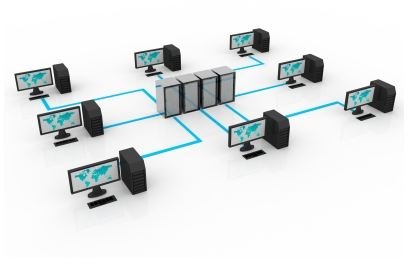How to Troubleshoot Performance Issues After Virtualization
Guest Machine Configuration Issues
The first place to look when troubleshooting performance issues after virtualization is the guest machine configuration. Consider that each guest machine is an independent entity. Each virtual server has a certain amount of CPU, RAM and other resources allocated to it from the hypervisor. Often the default settings for a guest machine are far below what is required for the actual operating system being installed in the guest. Check to ensure that the virtual server specifications meets or exceeds the operating system vendor’s recommendations.
When configuring the guest system, keep in mind the other factors which affect performance. The total resources available on the hypervisor itself, and the resource pool the guest system resides in. There is no point allocating 8 GB of RAM to a server when only 4 GB is available.
Resource Pool Issues
Hypervisors dynamically allocated resources to virtual machines. However, system administrators can prioritize virtual systems to ensure critical servers always get the resources they need. At the same time, a server with a lower priority or importance waits until the resources it needs are available. When a server is placed in a lower priority resource pool when it needs to be in a higher priority pool, the system behaves sluggishly. Ensure that critical or important virtual machines are in the correct resource pools. High priority resource pools guarantee that the servers in them are not starved of resources during periods of heavy usage.
Capacity Issues
Poor capacity planning can cause performance issues after virtualization. Placing more virtual machines onto a hypervisor than the hardware supports, causes the systems to perform as if resource starved. The amount of memory available to be divided among the guests, and the speed and number of CPU’s determine whether or not guest systems perform correctly. Another consideration is storage management. The type of storage, location and system bus all factor into performance issues. Fast local disks provide excellent performance but do not scale well for large deployments, iSCSI and Fibre Channel storage are expensive but effective means of storing and running guest systems.
How Is the Server Virtualized?
Brand new virtual machines with fresh installations of the guest operating system will have fewer issues than a physical server that gets virtualized. The process of converting or cloning an existing system may have introduced issues to the virtual system. It may also be necessary to check any images that virtual machines are cloned from, to ensure they have not been corrupted. Corrupted images allow the virtual server to run, but severe performance problems may require that the server be re-imaged.
It is also worth considering what is being virtualized. While many enterprise level applications and operating systems can be virtualized with no issues, there are some that do not perform well if the resources allocated to them do not exceed the vendor recommendations. A high volume database is an example application that may see performance issues after virtualization.
Resources
Vmware Educational Services, VMware Infrastructure 3 Student Manual: Install and Configure, VMware, 2008
Image credit: jscreationzs / FreeDigitalPhotos.net
